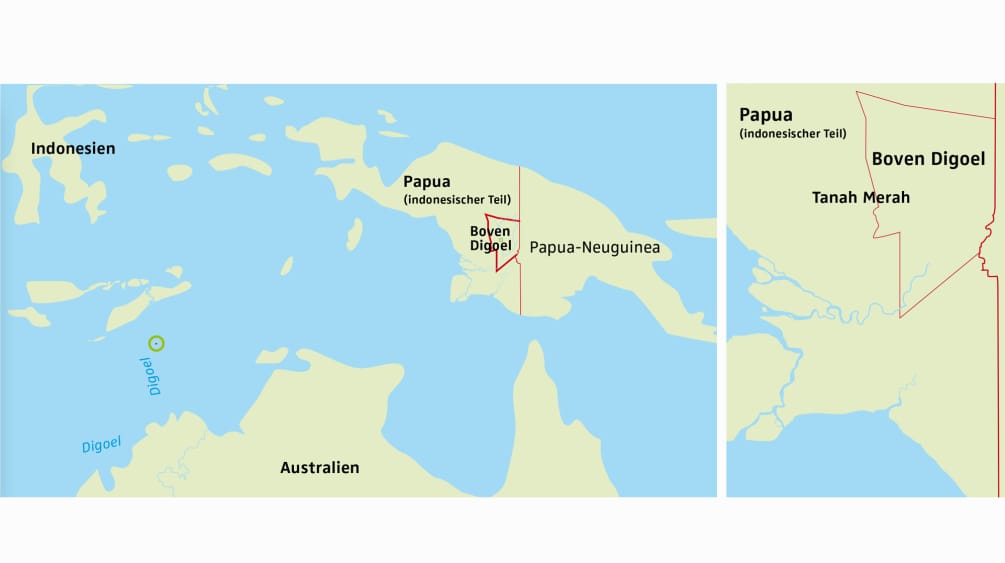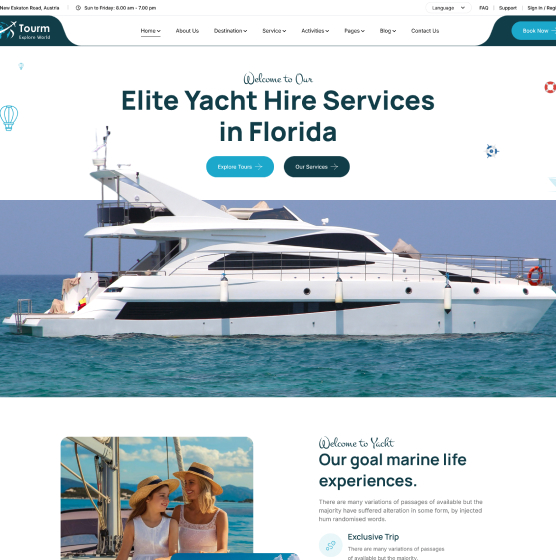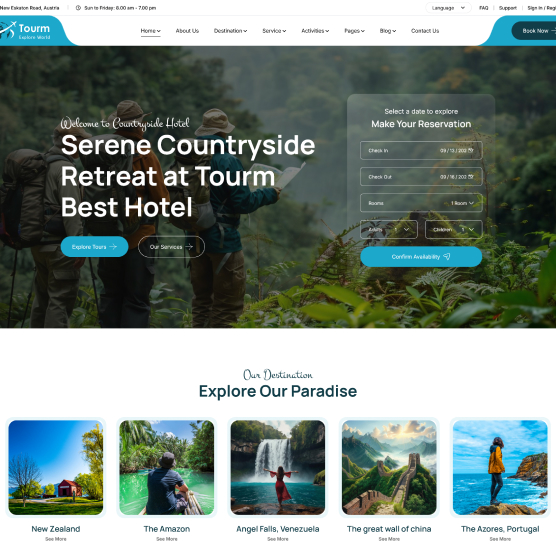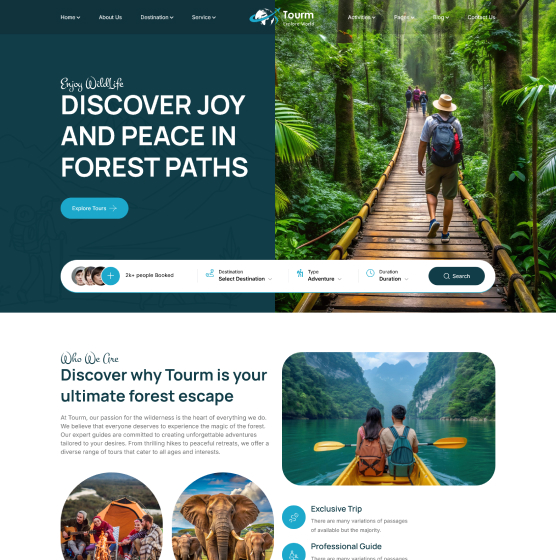Papua New Guinea and Indonesia share a fascinating cultural and geographical connection. These neighboring countries in Southeast Asia offer diverse experiences and rich histories.
Papua New Guinea is known for its rugged landscapes and vibrant traditions. Indonesia, with its sprawling archipelago, boasts a melting pot of cultures and natural beauty. Together, they form a unique blend of experiences for travelers and enthusiasts. Exploring their shared border reveals a tapestry of indigenous cultures, untamed nature, and historical ties.
From the highlands of Papua New Guinea to the bustling cities of Indonesia, there’s much to discover. This blog dives into the intriguing relationship between these two neighbors, highlighting what makes each unique yet interconnected. Whether you’re a history buff or an adventure seeker, this journey offers something for everyone.
Introduction To Papua New Guinea And Indonesia
Papua New Guinea is in the southwestern Pacific Ocean. It lies on the eastern half of New Guinea island. Indonesia is in Southeast Asia. It is made up of many islands. Both countries share a border on New Guinea island.
Papua New Guinea has a rich cultural heritage. Over 800 languages are spoken. It is known for traditional dances, music, and art. Indonesia also has a diverse culture. It includes many ethnic groups and religions. The country is famous for its traditional clothing and festivals. Both countries have unique and vibrant cultures.
Natural Wonders
Papua New Guinea in Indonesia has many diverse ecosystems. You can find lush rainforests and coral reefs. There are also mountains and coastal plains. Each area has its own unique plants and animals. This makes it a great place for nature lovers. The rainforests are home to many rare species. The coral reefs are full of colorful marine life.
The wildlife in Papua New Guinea is truly unique. There are many animals that you cannot find anywhere else. The tree kangaroo is one example. This animal lives in the trees, unlike other kangaroos. The Bird of Paradise is another special creature. These birds have bright feathers and amazing dances. There are also many types of reptiles and insects. Each species has its own role in the ecosystem.
Cultural Heritage
The people of Papua New Guinea have many traditional practices. They use natural resources for their daily needs. Handicrafts are important. They make tools, clothing, and decorations. Storytelling is a key part of their culture. Elders share tales with younger generations. Dances are also popular. They perform these during special events.
Festivals in Papua New Guinea are colorful. Music is a big part of these events. People sing and play instruments. Dancing is common. They wear traditional costumes. These clothes are often made by hand. Feasts are held. Families share food together. These celebrations bring everyone closer.
Credit: mapscompany.com
Adventure Activities
Hiking in Papua New Guinea is amazing. The trails are stunning. Walk through beautiful forests. Climb mountains with great views. Trails vary from easy to hard. There is something for everyone. Trekking is also popular. Trek through remote villages. Meet friendly locals. Discover hidden waterfalls. Enjoy the fresh air and peaceful nature.
Water sports are fun in Papua New Guinea. Snorkeling is a favorite. See colorful fish and coral reefs. The water is clear and warm. Diving is also popular. Explore deep underwater caves. Find rare sea creatures. Kayaking is exciting too. Paddle along the rivers. Enjoy the calm and quiet water. Try surfing on the ocean waves. It’s thrilling. There is much to enjoy in the water.
Historical Sites
Papua Neuguinea has many ancient ruins. These ruins tell old stories. Many ruins are from early cultures. People can visit these sites. The ruins show how people lived long ago. They used simple tools. They built homes with stones. The ruins are a window to the past.
Colonial landmarks are also in Papua Neuguinea. These sites date back to when Europeans arrived. They built churches and forts. Some buildings stand strong today. Many landmarks show mixed cultures. They are part of the nation’s history. Visitors can learn much from these sites.

Credit: www.rainforest-rescue.org
Local Cuisine
Papua New Guinea has many unique dishes. People use fresh ingredients from nature. Saksak is a popular dessert. It is made from sago and fruit. Mumu is a famous meal. It is cooked in an earth oven. The dish includes pork, sweet potatoes, and greens.
Kaukau is another favorite. It is a type of sweet potato. People eat it often. Fish and seafood are also common. They are fresh and tasty. Kokoda is a special fish dish. It is raw fish marinated in lime juice.
Street food is popular in Papua New Guinea. It is cheap and delicious. Markets are a great place to try new foods. You can find fresh fruits, vegetables, and snacks. Village feasts are also common. They bring people together.
Food festivals happen often. They are a fun way to taste many dishes. Cooking classes are available for tourists. Learn how to make traditional food. It is a great experience. Restaurants offer a mix of local and international dishes. Enjoy the flavors of Papua New Guinea.
Travel Tips
The best time to visit Papua Neuguinea is during the dry season. This season runs from May to October. It’s easier to explore during this time. The weather is nice. You can enjoy outdoor activities. Rainy season can be tough for travelers. Roads can be muddy. Flights can be delayed. Plan your trip for the dry season.
Safety is very important when traveling. Always stay with your group. Avoid walking alone at night. Keep your valuables safe. Use a money belt. Local guides can help you stay safe. Listen to their advice. Stay informed about local news. Follow the rules and respect local customs. This will help you have a safe trip.

Credit: ast.wikipedia.org
Sustainable Tourism
Papua Neuguinea Indonesien promotes ecotourism to protect nature. Small groups visit without harming the land. Guides teach about local wildlife and plants. This helps save the rainforest. Tourists learn and support conservation efforts. Many enjoy seeing unique animals and birds.
Local people play a big role in ecotourism. They share their culture and traditions. Tourists buy handmade crafts and try traditional food. This creates jobs and boosts the economy. Communities use the income to improve schools and healthcare. Everyone benefits from tourism.
Frequently Asked Questions
Why Is Papua New Guinea Split With Indonesia?
Papua New Guinea is split with Indonesia due to colonial history. The western part, now Indonesian Papua, was once Dutch New Guinea, while the eastern part became Papua New Guinea, administered by Australia until independence.
What Is The Difference Between New Guinea And Papua New Guinea?
New Guinea is an island in the Pacific Ocean. Papua New Guinea is a country occupying the eastern half of the island.
Do Papuans Want Independence From Indonesia?
Some Papuans desire independence from Indonesia due to historical, cultural, and political reasons. However, opinions among Papuans vary.
Do Indonesia And Papua New Guinea Get Along?
Indonesia and Papua New Guinea maintain diplomatic relations. They generally get along but occasionally face border disputes.
Conclusion
Papua New Guinea and Indonesia offer rich cultural experiences. Both countries have unique traditions and natural beauty. Exploring these destinations can be an adventure of a lifetime. Whether it’s the diverse wildlife or vibrant festivals, there’s something for everyone. Discovering new places broadens our horizons and deepens our understanding.
So, plan your trip to Papua New Guinea or Indonesia soon. Experience the wonders they hold. Happy travels!











